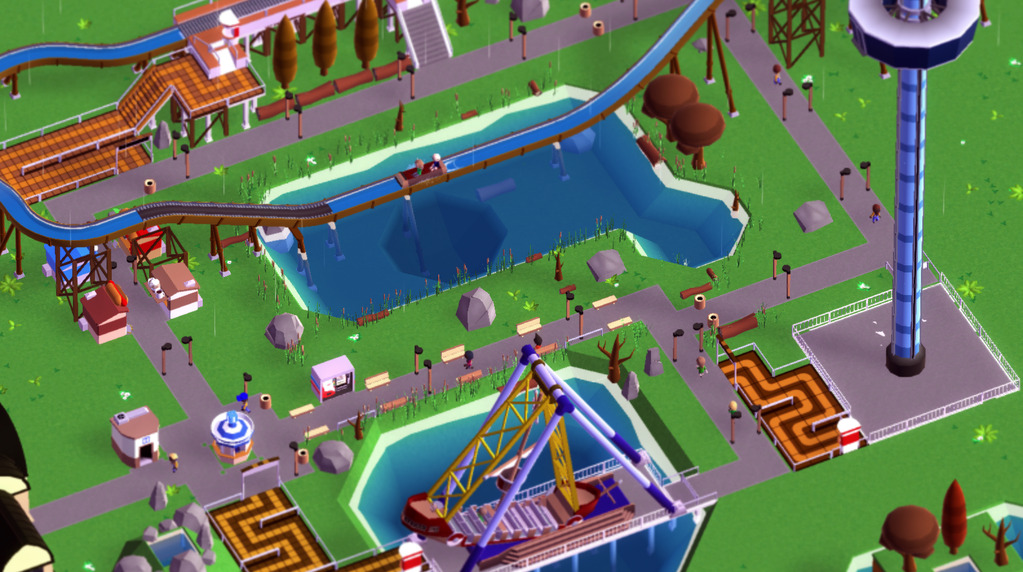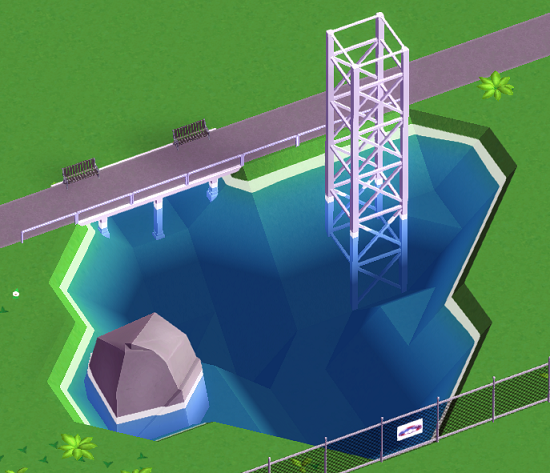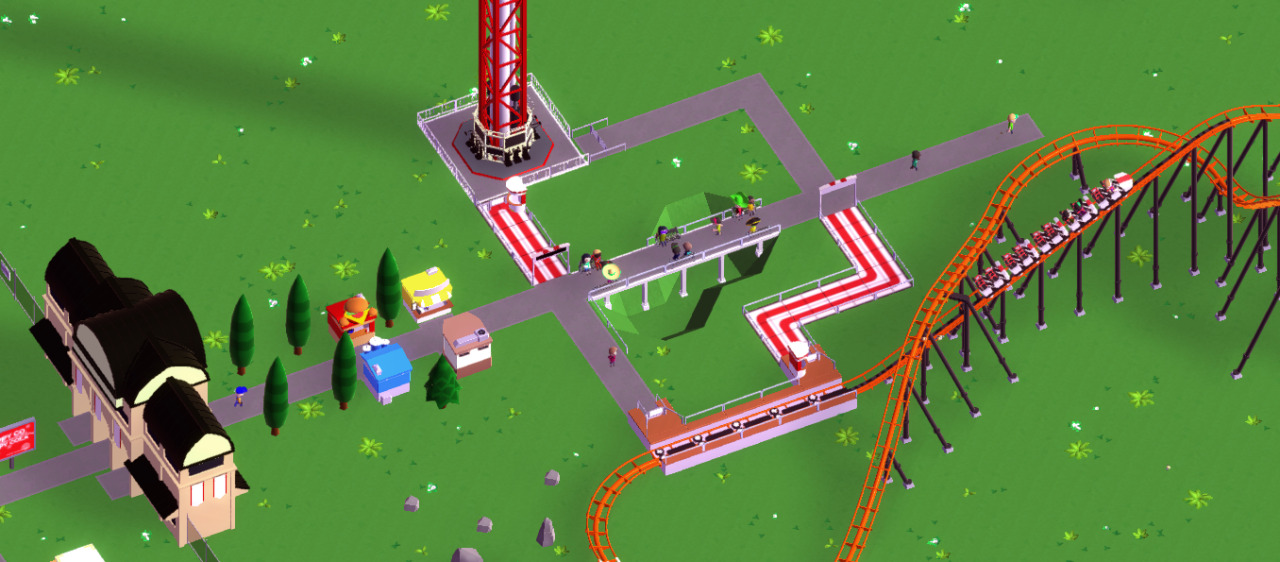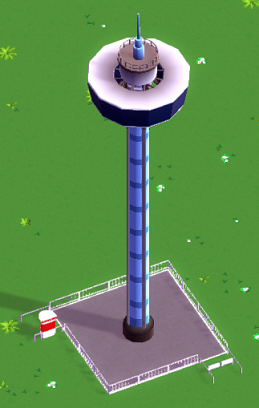Garret will be doing another art livestream next week. Watch his Twitch channel on Wednesday from 1pm-3pm PST to see him create some new Parkitect art.
This was pretty much the least interesting week imaginable for the devlog, since we spent it entirely on testing the game and fixing bugs. Amongst others Garret brought the game to Full Indie to let people try our most recent version. The area requiring the most fixes turned out to be the savegames: there’s a lot that could potentially go wrong when trying to restore the state of thousands of objects, and failing to restore one single object properly can oftentimes cause a domino effect that makes others load wrong as well. Made some good progress here though, and we also got some new tools that should help with debugging savegames in the future.
The only truly visible progress this week is this list showing all the tasks that need to be completed by your staff:

This one started out as a debug tool as well, but it turned out to be useful for players too.
I got myself a Mac Mini this week for testing Parkitect on OS X. It needed some fixes as well, but is working fine now :)
We decided to submit Parkitect to IndieCade. The deadline is May 1, so next week will probably be spent on similar tasks as this one to get the game into the best shape we possibly can by then.
And we made ourselves a long list of everything that needs to be done for the Early Access release. Lots to do!














